Too often we teach number operations with a step-by-step approach by asking young mathematicians to compute isolated problems that don’t have real meaning to them.
The video below outlines the key differences between procedural knowledge and conceptual knowledge and gives some insight on how to balance both in your classroom.
““Misconceptions come from a student being taught an algorithm before they are conceptually ready to use it correctly. Research also suggests that once students have memorized and practiced procedures they do not understand, they have less motivation to understand their meaning or the reasoning behind them. It is imperative that students have a deep and flexible knowledge of a variety of strategies and procedures that are appropriate for use in particular situations.””
Questions for Reflection:
Do you agree or disagree with the statement from the National Council of Teachers of Mathematics (see above) on student misconceptions? Why or why not?
What is one way that you can add context to a math concept you teach? Think of how you might use one of the strategies from this video to incorporate real-world examples of that concept into your instruction.
Best Practices for Promoting Mathematical Reasoning
Provide experiences to help children develop clarity and precision in their thinking.
Familiarize them with the language of logic and reasoning.
Encourage students to make guesses and to investigate and justify those guesses.
Ask questions that require investigation and reasoning.
Listen to children’s reasoning.
We can also incorporate problem-based learning into instruction by giving students a prompt or provocation that connects a math concept to the real world. Give students a problem to solve and invite them to find their own solutions.
By sharing, discussing, and reflecting on their solutions, students will begin to find more and more efficient methods of problem solving. While this approach may seem more time-consuming—and in many ways, it is—linking concepts to procedures is what makes this knowledge deeper and helps it really stick.
Best Practices for Problem Solving
To focus on conceptual knowledge, keep the following recommendations in mind when it comes to solving mathematical problems.
Design problems that are real, relevant, and relatable.
Give children opportunities to solve problems themselves.
Allow time for the process of problem solving.
Avoid using “key words” and focus instead on the context of the story problem itself.
Emphasize looking back to check how reasonable an answer is.
Model problem solving strategies and dispositions.
Encourage children to share their thinking with verbal language and with models (concrete, pictorial, or symbolic).
Reinforce good mathematical thinking, not correct answers.
Beware Key Words!
Specific vocabulary in word problems does not always necessarily have the same meaning. Relying on key words often causes students to skip over the true meaning of the problem rather than focusing on what the question really asks.
Take a look at these examples—if your students focused solely on the “key words,” which operations would they choose?
Solving word problems is not about selecting the correct operation; word problems are about solving the problem. Reinforce for students that there are multiple pathways to a given solution.
Additional Resources
For more on building conceptual knowledge in number operations, check out this excellent series, Young Mathematicians at Work, by Catherine Twomey Fosnot and Maarten Dolk..








